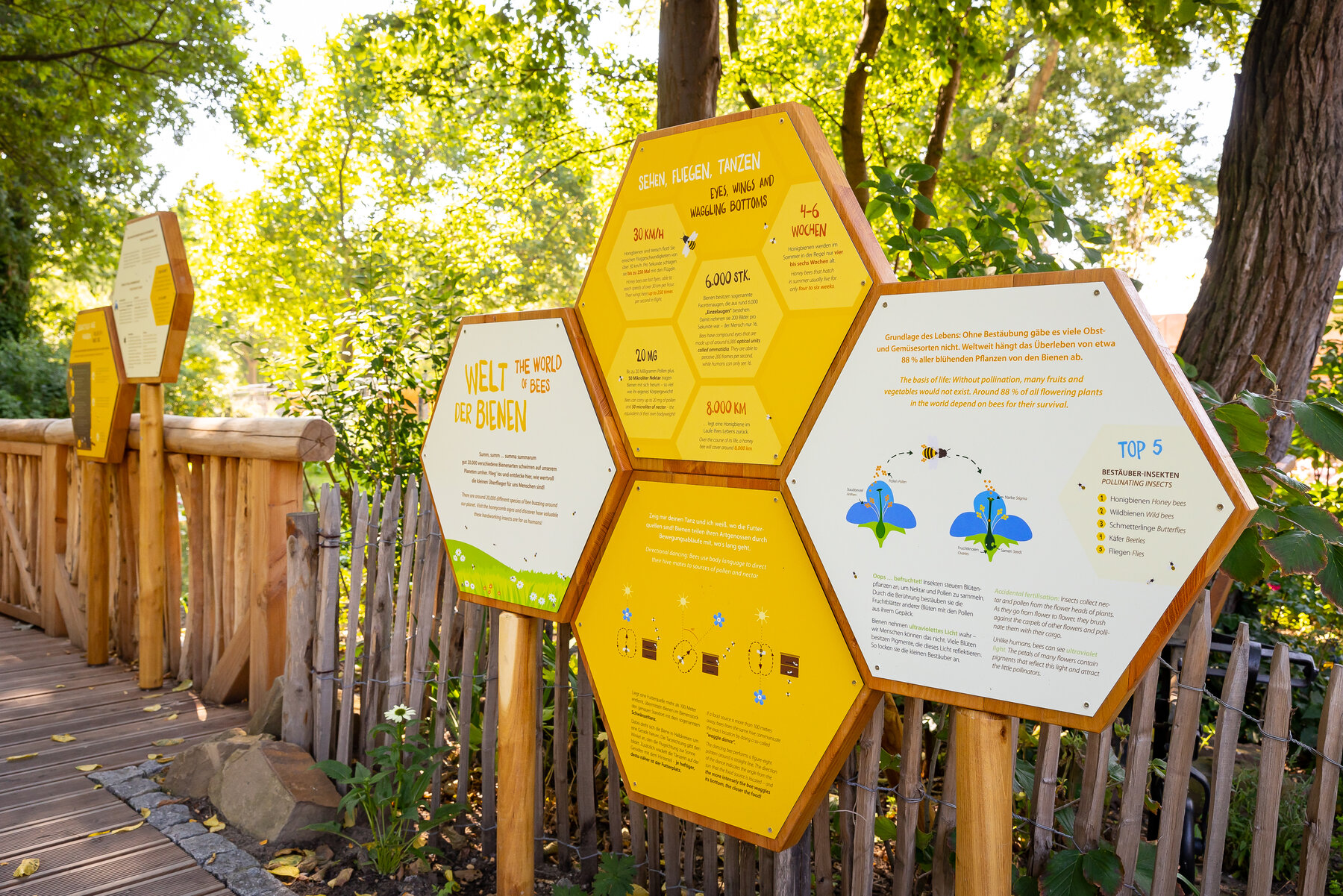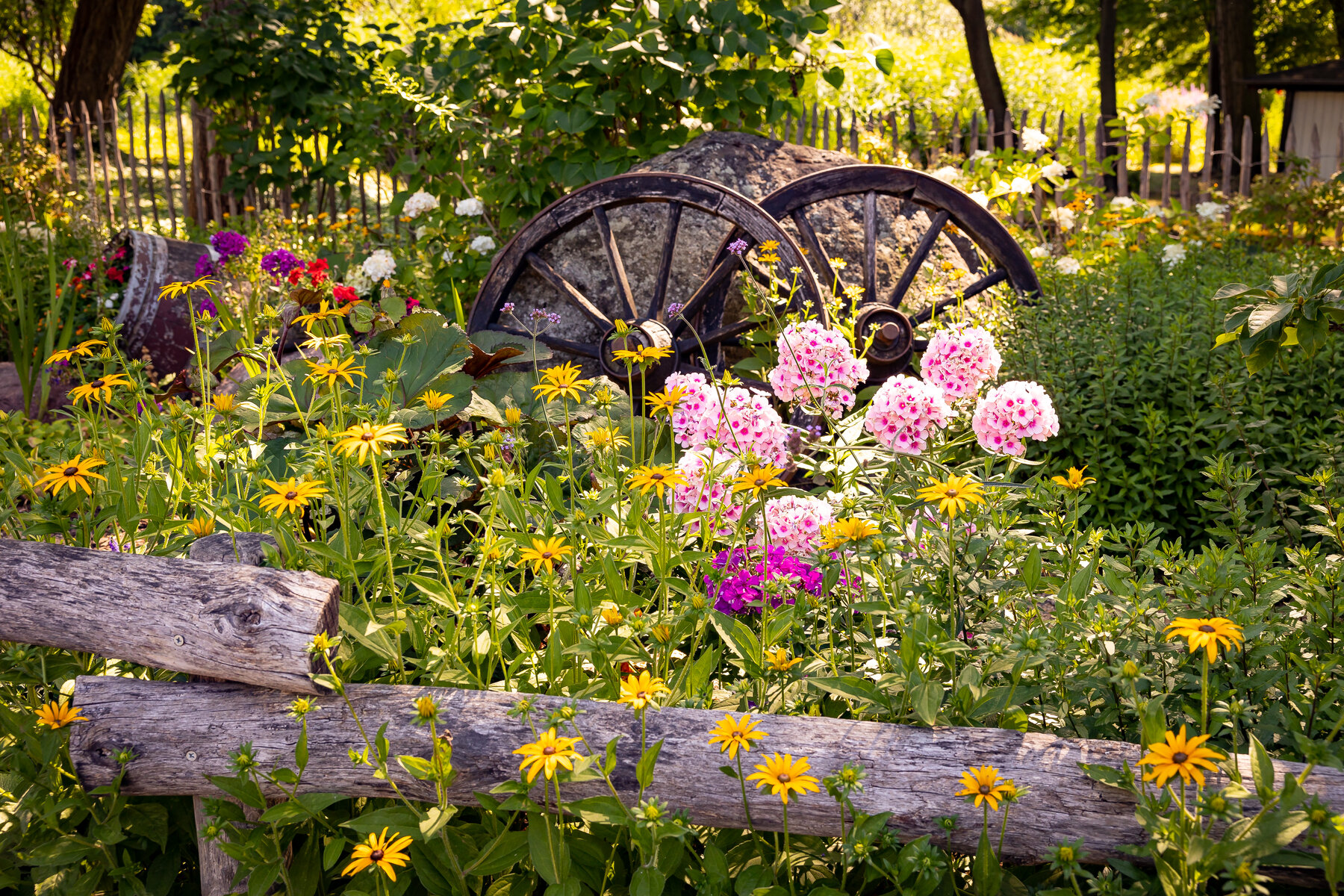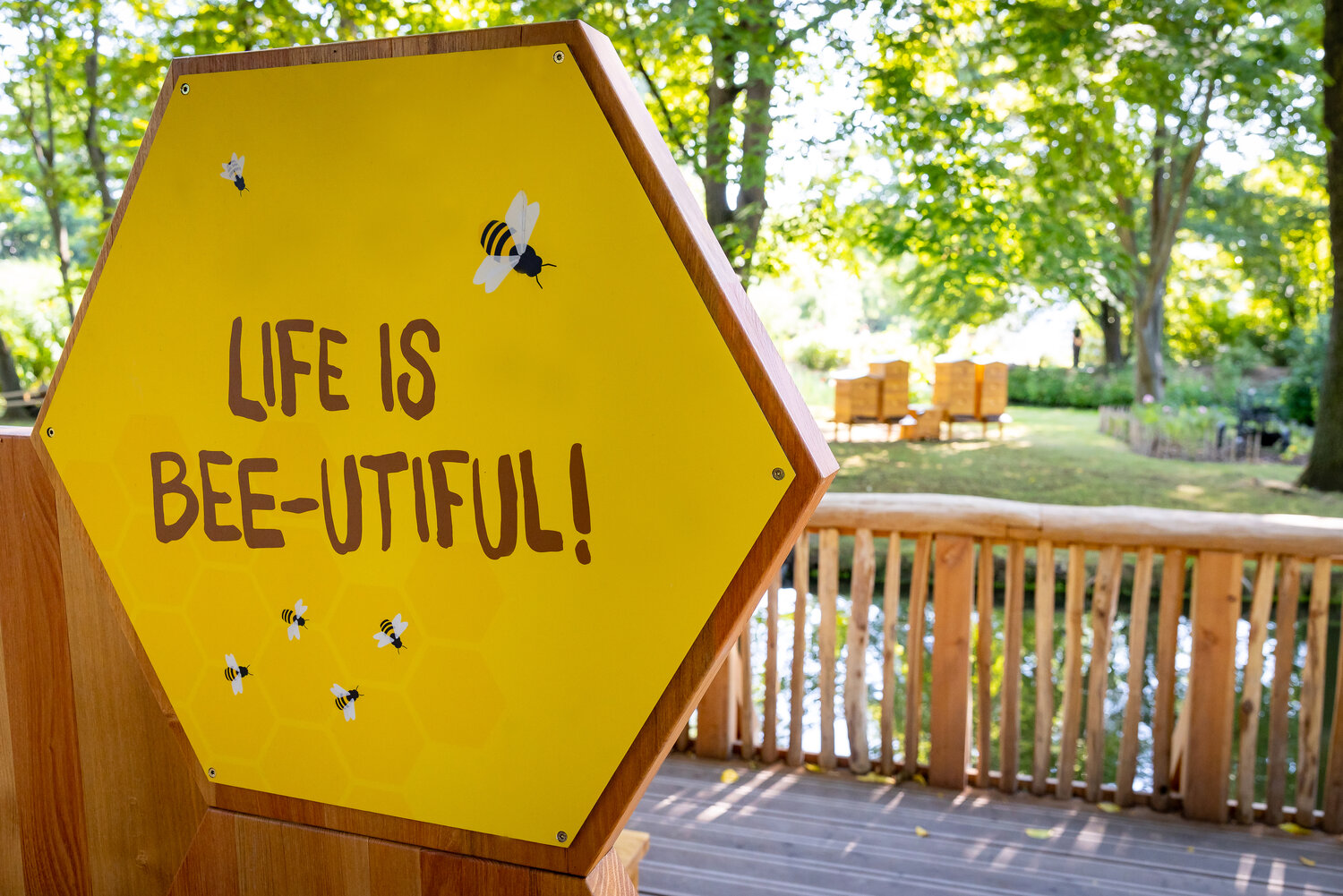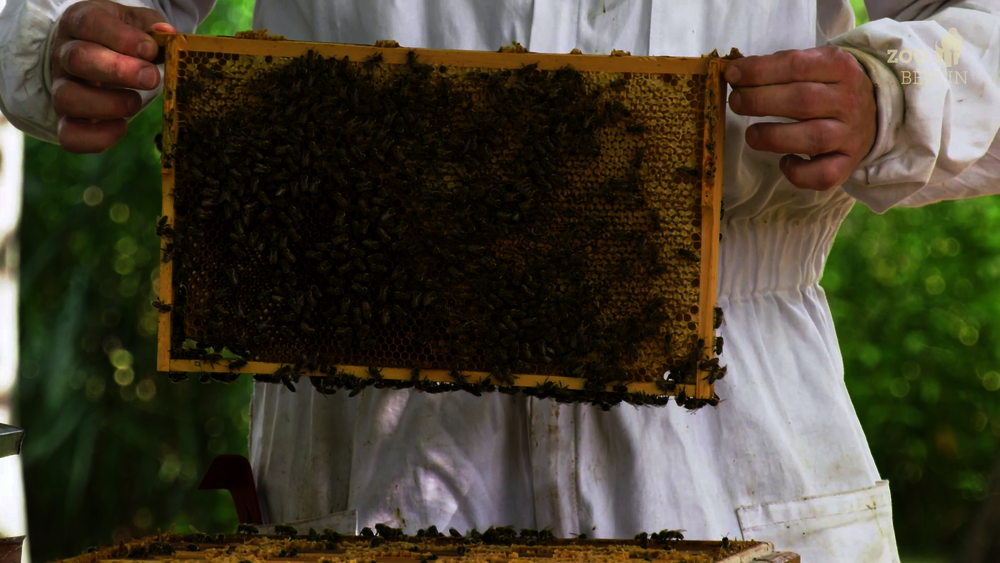BEE CAREFUL
Insect numbers around the world are dropping. Though that might sound like good news – no ominous wasps hovering around your picnic, no pesky flies messing up your car windscreen, and no itchy mosquito bites ruining your balmy summer nights – a world without insects would actually be a disaster for us humans. That’s because insects are at the heart of two very important ecological processes: feeding us and cleaning up after us. They are therefore vital to our survival.
The reason for the decline in insects includes industrial agriculture with its monocultures and pesticide use.
BEE friendly

Bees are some of the world’s top pollinators. They visit a wide variety of flowers on their search for nectar and pollen – and in so doing, they also pollinate the plants. More than 80 percent of all wild plants and crops depend on these hardworking helpers to reproduce. Bees are therefore one of the most important animals in human food production, after cattle and pigs. A world without bees would be a world without fruit and vegetables – which also means no coffee, no chocolate, and no homemade apple pie. If pollination ceases, crop yields decline by up to 90 percent. And in addition to a general food shortage, insect extinction leaves lots of animals including us humans at risk of deficiencies in protein, vitamins and iron. What’s more, insects help to break down dead trees, leaves and creatures, so an insect-free world would be littered with carcasses and piles of dung!
BEEkeeping
Zoo Berlin’s Bee Island provides exciting insight into the world of bees via live “Bee TV” and features information stations with all kinds of interesting facts about the busy little insects. With a bit of luck, you might even catch our beekeepers at work! Bee Island is home to three established bee colonies and one smaller offshoot known as a “nucleus colony”, which was created this year. A bee colony counts as “established” if it is at least one year old, i.e. if it has survived a winter. The colonies are lovingly tended by Zoo animal keeper and beekeeper Matthias Mende. We caught up with him to ask some questions about his important work with the hives.
Hello, Matthias. Can you tell us what you’ve been doing with the bees today?
Today I’ve conducted a regular inspection of our beehives. This involves checking the general condition of the colonies and the brood and seeing how much honey is left, as we are in the final third of the beekeeping year. It’s basically a weekly check-up of the colony and the hive.
And how are things looking in the hive? Can you tell us a bit more about what you’ve seen?
I pull out each comb and inspect it very closely. The foremost and rearmost comb in the brood area is usually covered with honey, which the bees use as food for themselves and the larvae. As I progressed, I could see capped brood, recently hatched larvae, and little fat white larvae that are more developed. There were also still some eggs in there. The brood nests generally get bigger the closer you get to the centre. Here, I also discovered the queen – who is marked with a white speck and the number 16. At the end of the year there are no more males, or drones, left in the hive. The males in a bee colony have just one task: reproduction. In late summer, the worker bees force the drones out and no longer let them into the hive. Only the females hibernate, so they also live longer than the males.
What type of honey is harvested here at the Zoo and how long does the process take – from setting up the wooden hive to the first jar of honey?
We harvest different types of honey throughout the year, depending on the season. In spring, the bees visit early flowering plants like rose bushes, fruit trees, etc. If the weather conditions are good, a honey chamber may be filled with 20 to 22 kilograms of spring honey after just two weeks, which we can then harvest. After the early bloomers, the Robinia tree or “false acacia” starts to flower, so the second harvest is usually acacia honey. In recent years, however, climate change has meant that the early bloomers and the false acacia have tended to blossom at the same time. In July to August, the linden or “lime” trees come into bloom (large-leaved linden, small-leaved linden and silver linden), which is the last really big nectar flow of the year and usually the last honey harvest. With strong colonies and good sources of nectar, it’s possible for each colony to produce around 50 kilos of honey. This year, we harvested about 115 to 120 kilos. If there is a spike in aphid numbers after the linden season, we can also get a harvest of “honeydew” – a sugary excretion produced by aphids after feeding on the sap of the linden tree – as the bees also collect and store this substance.
What can people do at home to help and protect bees?
They can create insect-friendly habitats by leaving patches of wild flowers in their gardens or planting insect-friendly plants on their balcony or windowsill. An insect hotel – if set up correctly – also provides bees with refuge and shelter. And our decisions as consumers are just as important: buying sustainably produced food and natural honey supports pesticide-free and agrochemical-free farming practices.

Psst… Naturally, we at the Zoo heed our professional’s advice. That’s why you will find plenty of patches of colourful flowers for bees, butterflies and other insects dotted around the 33-hectare grounds of Zoo Berlin. Next time you visit, see if you can spot the little pollinators at work – with a bit of luck, you may even spy pollen-laden bees heading back to the hives on Bee Island!

